Breaking news on the war between Israel and Hamas and the situation in Gaza, live: news and more
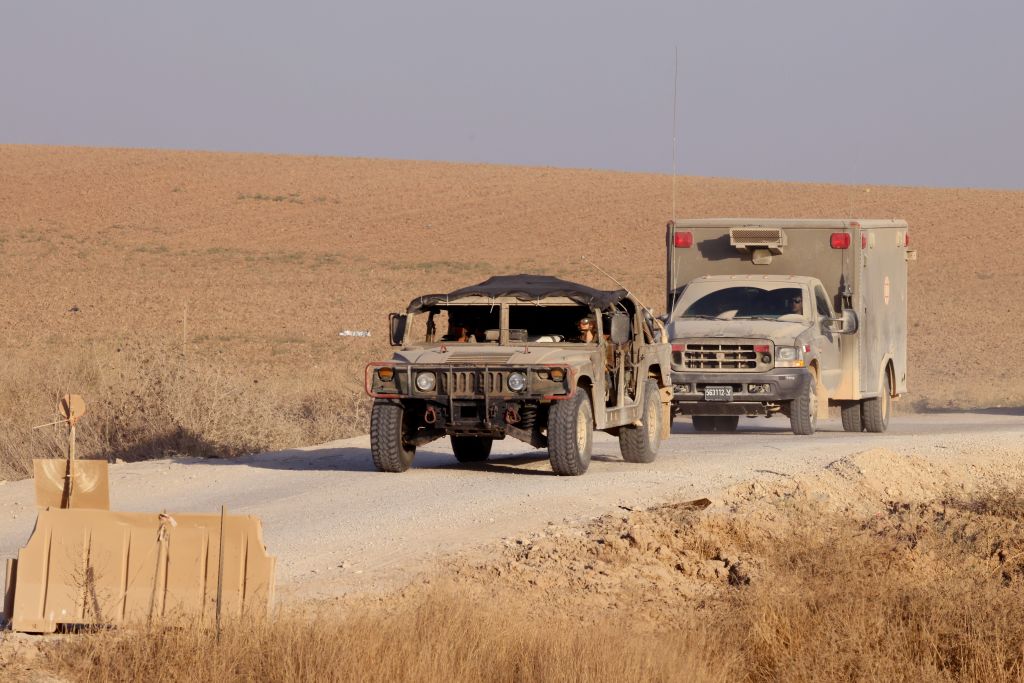
Flies, mosquitoes, sewage and mountains of rubbish threaten to worsen Gaza’s health crisis
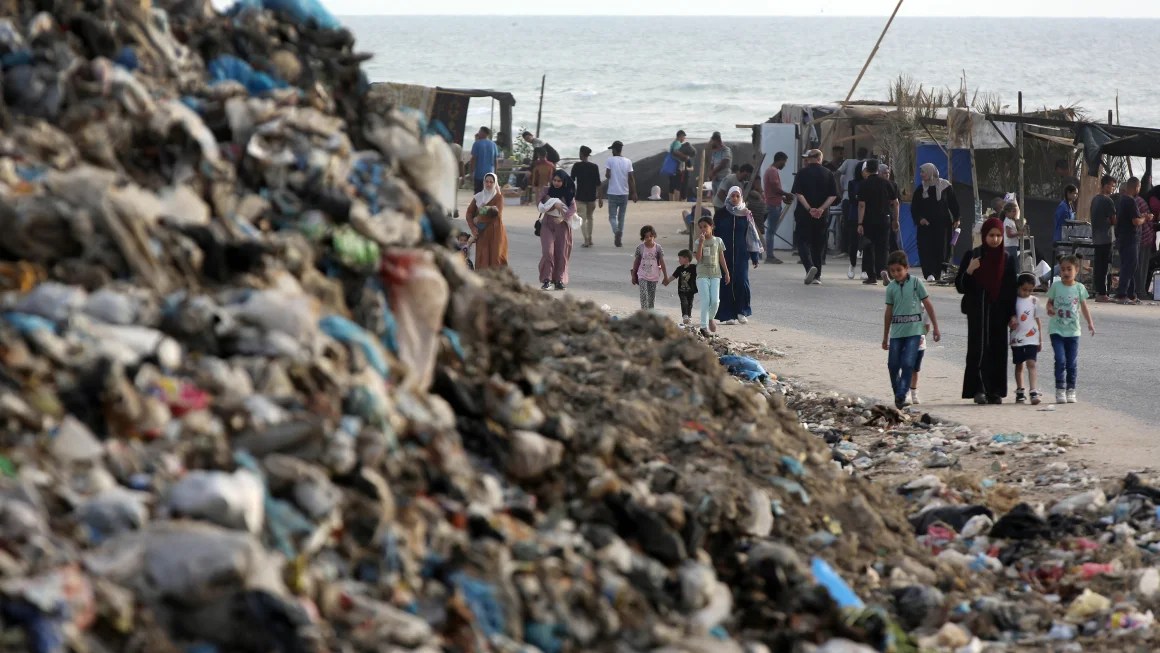
People walk past a garbage dump in Deir al-Balah, Gaza, on May 26. (Credit: Ashraf Amra/Anadolu/Getty Images)
Excrement and urine in the streets, swarms of flies and mosquitoes, piles of rubbish. As summer approaches, thousands of people in Gaza face a health crisis.
Ismail Zayda, who lives in Gaza City, north of the territory, told CNN that the water supply has been cut off for nine months.
“The town halls don’t work and we have piles of rubbish at our doorsteps and on our streets,” he said.
“We are seeing large numbers of flying insects for the first time… Frankly, we have insects that we are seeing for the first time and we don’t know what they are called, and they are biting our bodies and our children’s bodies.”
Israel’s relentless bombardment of Gaza, launched after the October 7 Hamas attacks, is now in its eighth month and has created a severe humanitarian crisis.
Human rights groups have repeatedly warned about Palestinians’ “indescribable” living conditions, as the Israeli military campaign has devastated neighbourhoods, damaged health infrastructure and left food, water and fuel in short supply.
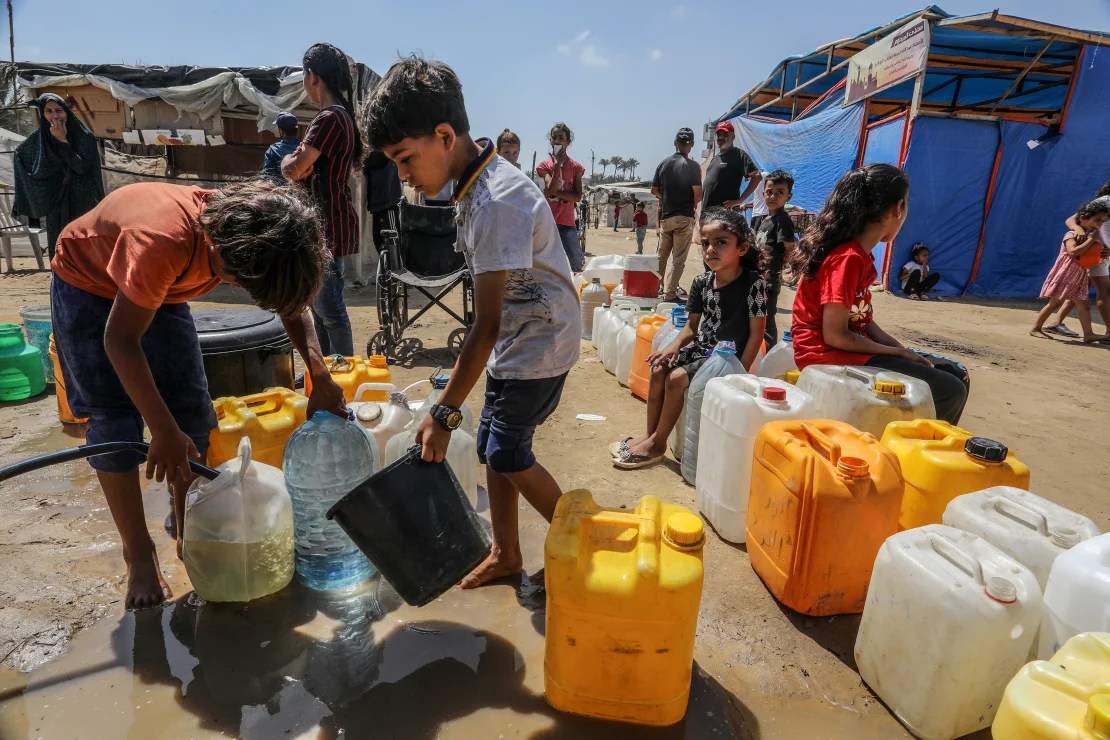
Palestinians queue to receive drinking water distributed by aid organisations in Deir al-Balah. (Credit: Abed Rahim Khatib/Anadolu/Getty Images)
There is little sign that the long and bloody conflict will be resolved. This week, the United Nations Security Council (UNSC) approved a US-backed ceasefire plan by an overwhelming majority. But neither side has accepted it. Israel’s Prime Minister Benjamin Netanyahu has repeatedly said he will continue to destroy Hamas and free the remaining hostages.
In an assessment this week, the UN Office for the Coordination of Humanitarian Affairs (OCHA) said that in Deir al Balah in central Gaza, where thousands of displaced people are taking refuge, families say shelters are overcrowded. They have reported a variety of health problems such as hepatitis A, skin and respiratory diseases and said access to water is also severely limited.
According to OCHA, at one displacement site, the average amount of water available per person per day was less than one litre, well below the internationally recognised minimum requirement of three litres per day for survival.
A supply of clean water is essential not only for drinking and cooking, but also to prevent the spread of disease.
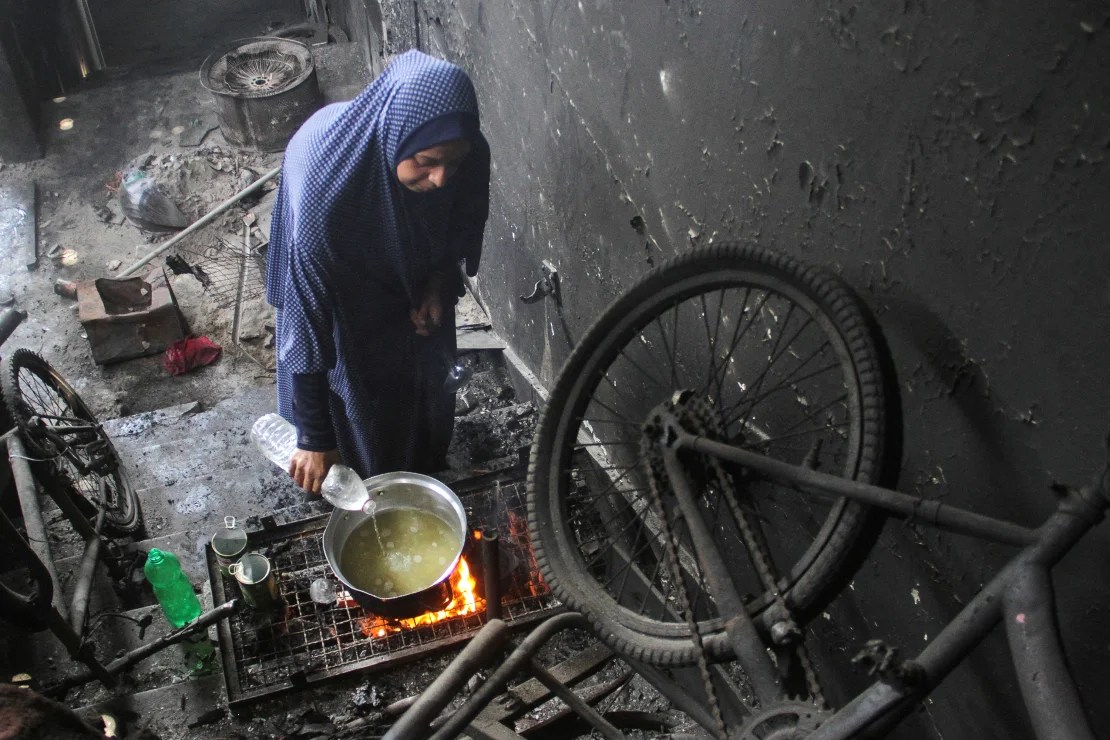
A displaced Palestinian woman uses water while cooking in the Jabalia refugee camp in northern Gaza. (Credit: Mahmoud Issa/Reuters)
OCHA reported this week that more than two-thirds of Gaza’s water and sanitation facilities and infrastructure have been destroyed or damaged due to the conflict. Many other facilities remain out of service due to problems such as “insecurity, access barriers and a lack of electricity and fuel to run generators,” it said.
OCHA noted that the population’s survival mechanisms are “at the limit”, with the most vulnerable people collecting water from unreliable sources in inadequate containers, while basic hygiene items such as soap are lacking.
Average high temperatures in Gaza are expected to remain below 30 degrees Celsius next week, and the hot weather is likely to make an already pressing sanitation crisis even worse.
Streets “filled with sewage”
Gaza City resident Zayda described how her abandoned pool had become a magnet for insects.
“There are flies during the day, and mosquitoes at night… We light bonfires at night and burn rubbish until the flying insects disappear.”
Zayda spends much of the day wearing a mask, partly because some vehicles run on burnt frying oil as a substitute for diesel, making it difficult to breathe.
“The streets are filled with sewage, garbage and debris from bomb blasts flowing into the streets,” he explains.
Wastewater treatment has become a persistent problem in Gaza amid infrastructure damage and fuel shortages.
“One million people have been expelled from Rafah and are now stuck in a very crowded area along the beach in the scorching summer sun,” Carl Schau, deputy executive director of the World Food Program, said after a visit to Gaza this week.
“We passed through rivers of sewage,” he said.
According to OCHA, the delivery of some fuel supplies has helped reduce the levels of accumulated sewage in the Sheikh Radwan area of Gaza City, but “the lack of a continuous flow of fuel poses a risk of wastewater overflowing into neighbouring areas.”
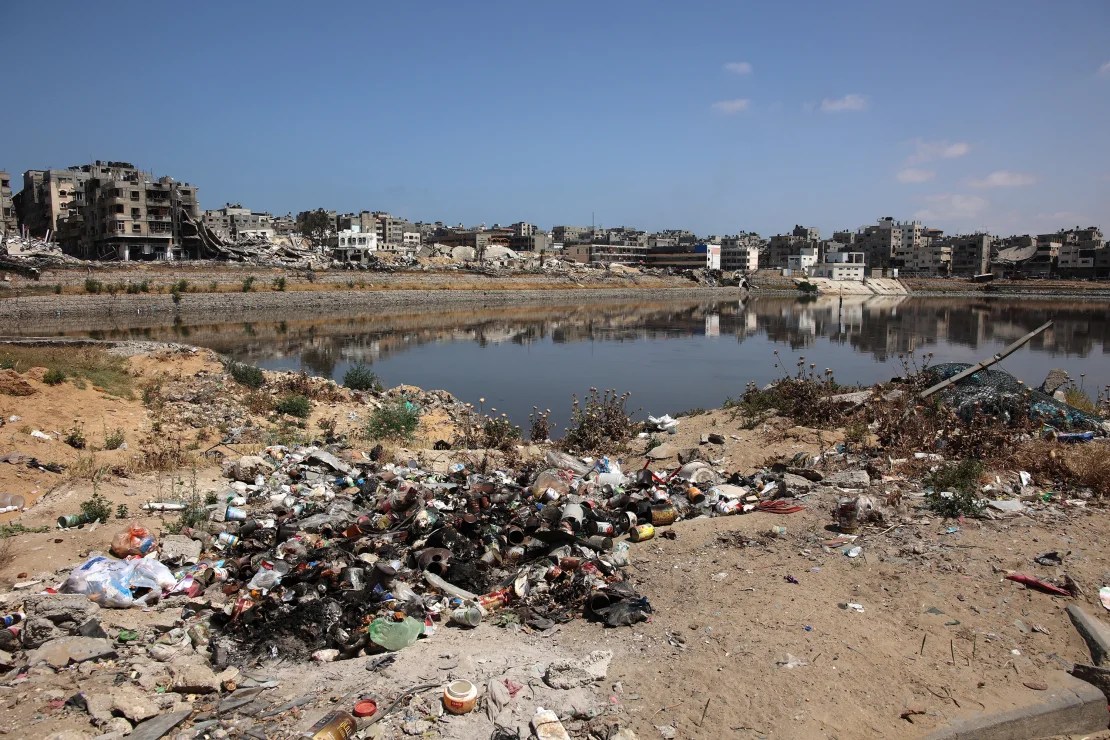
Trash piles up at the edge of a non-functioning sewage landfill in Gaza City on May 3. (Credit: AFP/Getty Images)
Asem al-Nabih, a media official for the Gaza City municipality, told CNN that there is now “huge amounts of sewage leaking into different parts of the city and also into the sea.”
“There has been significant damage to sewer lines and sewage pumps, causing sewage and sewage leaks throughout the city.”
He estimated that over 4 kilometres of water pipes had been destroyed or damaged, a huge task to repair in the middle of the war.
The conflict has destroyed or damaged 67% of Gaza’s water and sanitation facilities and infrastructure, according to an assessment by UN agencies and partner organisations published last week.
Sporadic efforts are underway to repair infrastructure. The coastal municipal water supply company, in cooperation with the International Committee of the Red Cross, has restored several wells in Khan Younis, Deir al-Balah, and Nuseirat.
But without a ceasefire and with limited fuel supplies and equipment, the magnitude of the task is beyond the capacity of local Gaza authorities.
